By:
Sara Mariotta
Gender Exercise Gap: ASICS studies the gender gap in sports
ASICS commissioned a study to analyze the gender gap in sports and exercise, conducted by two renowned academics Dr. Dee Dlugonski and Prof. Brendon Stubbs. The study highlighted the obstacles, challenges, incentives, and factors that motivate (or demotivate) women to exercise and participate in sports.
We asked Professor Stubbs a few more questions to discuss the results of the analysis and to reflect together on what these data tell us, questioning him about the causes and possible solutions to the Gender Exercise Gap.
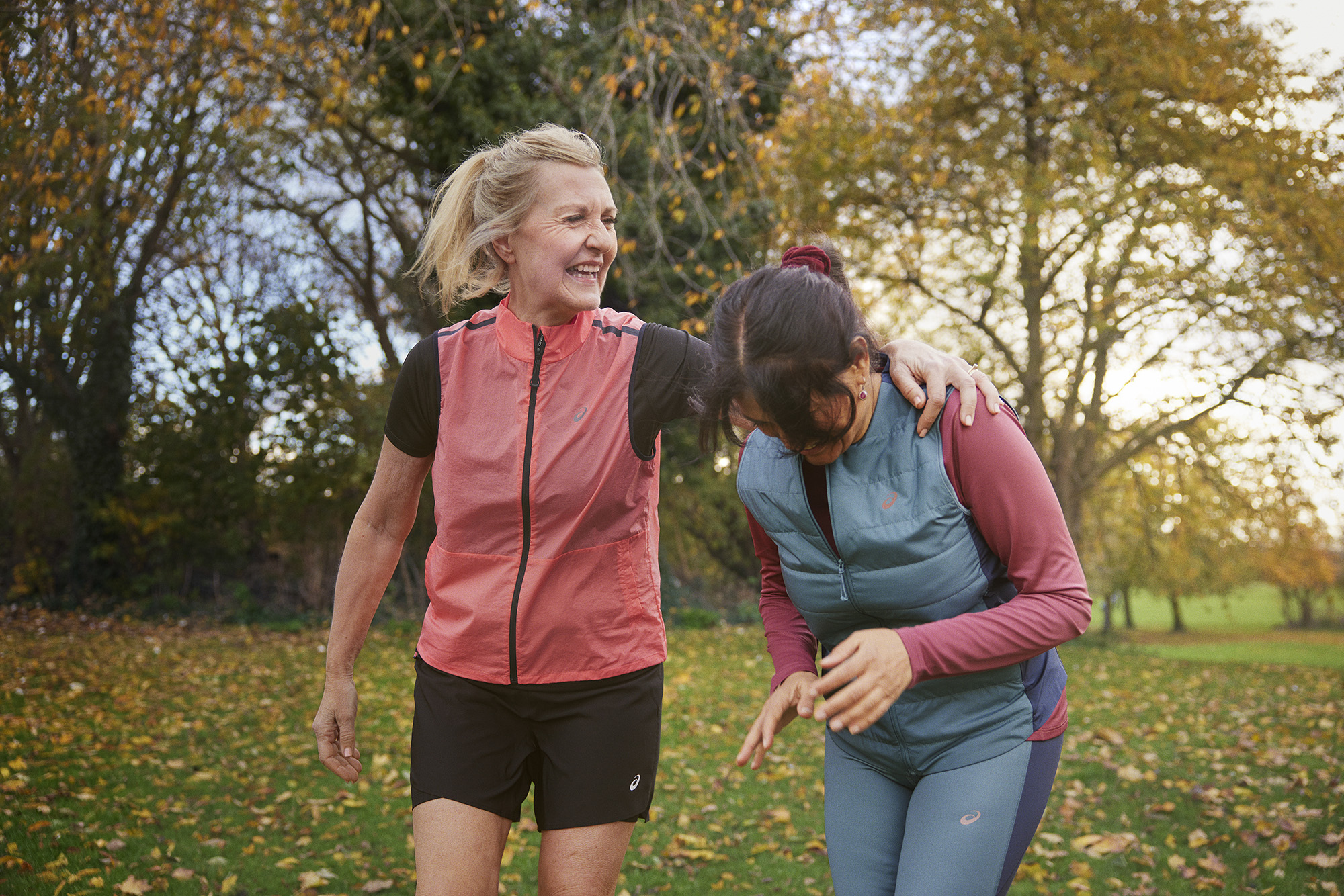
The third most common obstacle to exercise is unsafe and inhospitable environments. Is it a problem of missing structures or social and gender education? And how can this be solved?
The third most common obstacle, women’s perception that some contexts are unwelcoming or unsafe, is likely due to a combination of social factors and lack of gender education. Clearly, we have much work to do to improve the environment through social and gender education initiatives.
Fifty-eight percent of men think the reason women do not get enough physical activity is their insecurity about their bodies, while only 36 percent of women cite this reason as an obstacle. How come this gap?
The gaps and discrepancies in perceptions of the barriers women face, according to men and compared to the reality of women, are troubling. The differences found here are probably attributable to several factors. However, the main reasons include gender stereotyping by men and widespread (and erroneous) beliefs that women are insecure about their bodies.
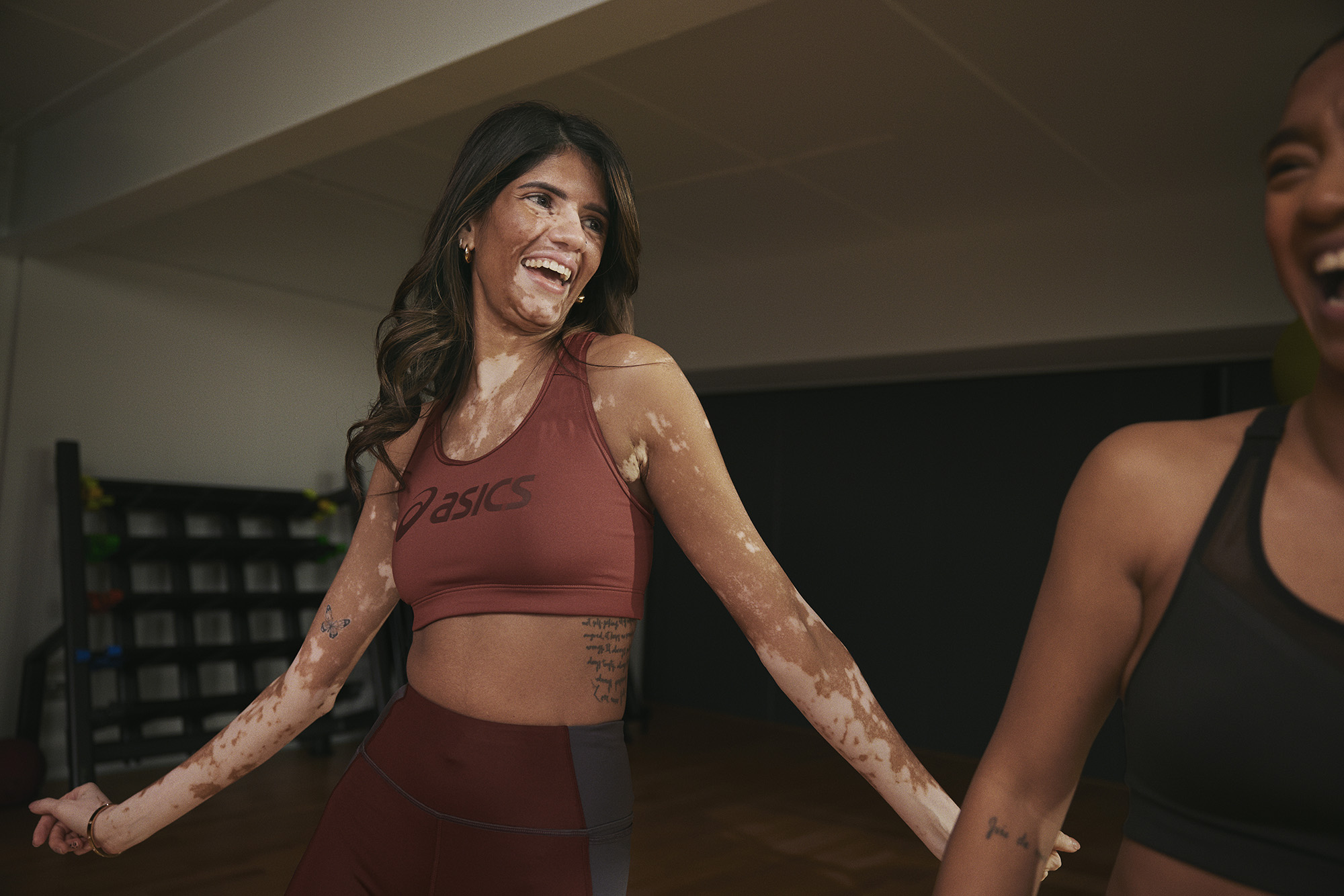
The main reason given by women as an obstacle to physical activity is lack of time (74%), while only 34% of men recognize this problem. What does this data tell us? What are men’s perceptions of women’s time?
These data show a marked discrepancy between men‘ s perceptionsof women’s time. Again, it is likely that this difference is due to multiple stereotypical gender beliefs. Delving deeper, some hypotheses that could explain this include the fact that because women play an active role in managing multiple areas of daily life, men mistakenly perceive female efficiency and conscientiousness in performing this role as having more time than they actually have . Men should play acentral role insupporting women in their responsibilities, thus helping to increase their leisure time.
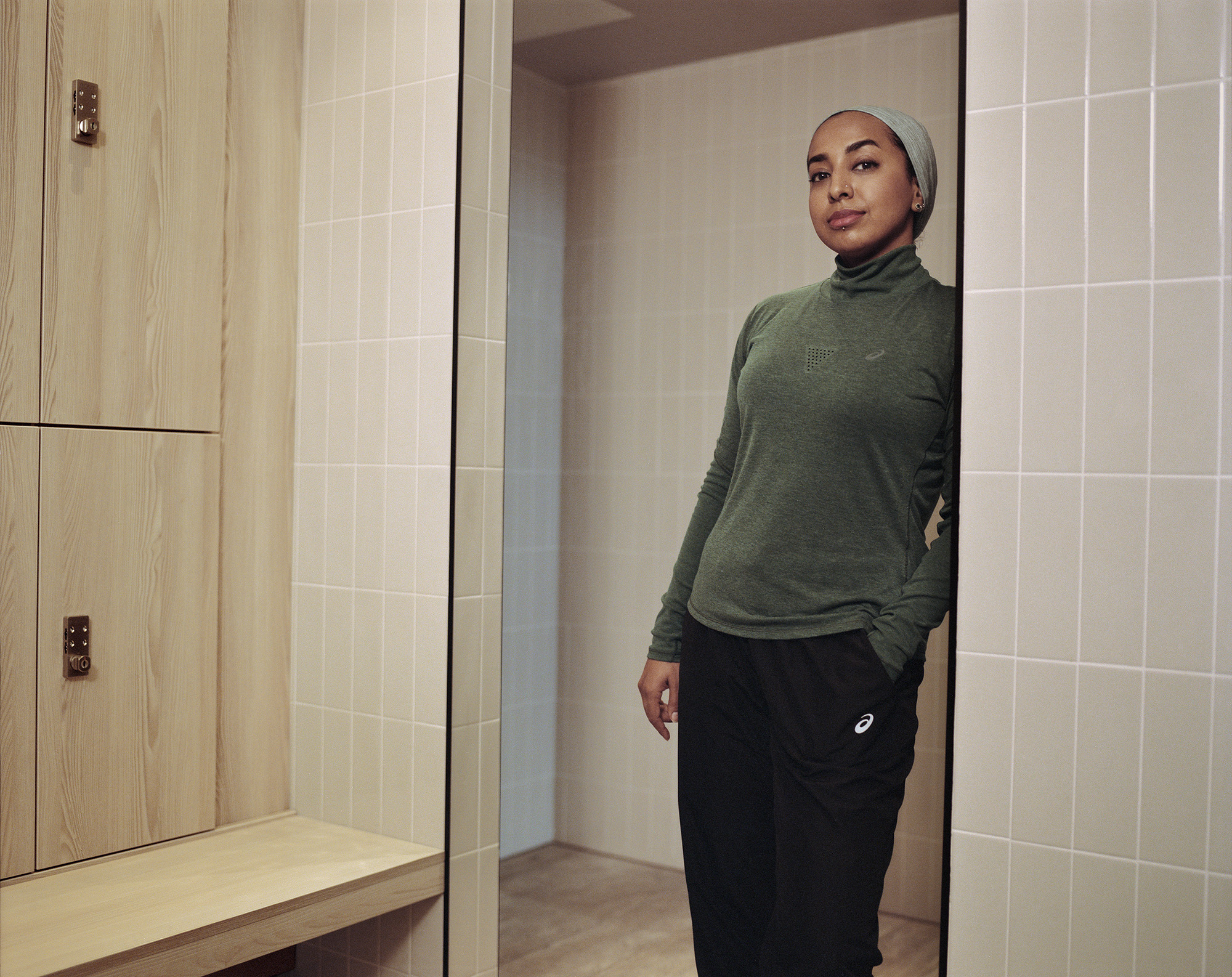
A participant in the U.S. focus group says, “The lesson I learned from my mother was this: dad can go out and play all the sports he wants, while mom can only do fitness in front of the TV and try all the diets she can.” Is this condition still current or does it reflect the previous generation?
Unfortunately, this social view is still evident in some cultures and in certain age groups, as our research has shown. This is a pivotal stereotype that contributes to the Gender Exercise Gap and needs to be challenged.
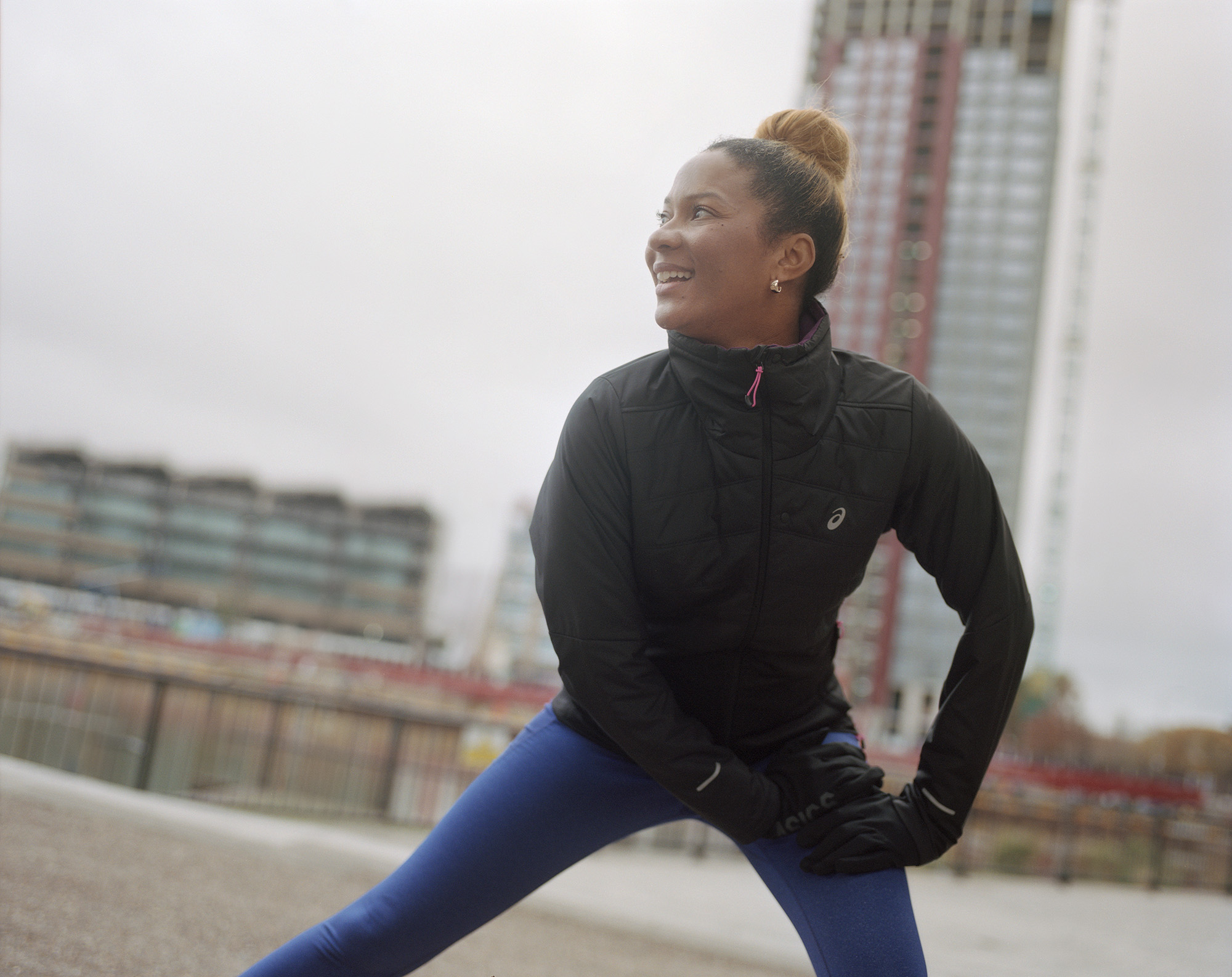
A focus group participant in Japan says, “Becoming a mother completely changed my life. I had given birth to something from which I could never take my eyes off. Does that mean that I have to be in charge of it at all times? Definitely not, but it has become very difficult for me to have free time and go out and train by myself.” This study highlights alarming data on the perception of motherhood. What could be the solution? Should social perspectives and conceptions change, or should sports facilities be adapted to possibly accommodate children while mothers play sports?
The Move Her Mind study identified alarming perceptions and experiences regarding the impact of motherhood on women’s participation in exercise. Clearly, it is critical to address multiple triggers to resolve this inequality. First, social change is needed at the general attitude level to address the unequal sharing of care responsibilities toward children. Assuming the presence of another partner, it is important that he or she is aware of the internal and social challenges women face and at the same time actively motivates his or her partner to continuously engage in exercise. Regarding practical issues, there is a need for sports facilities to create safe, inclusive, and supportive spaces for mothers and their children to get involved in sports.
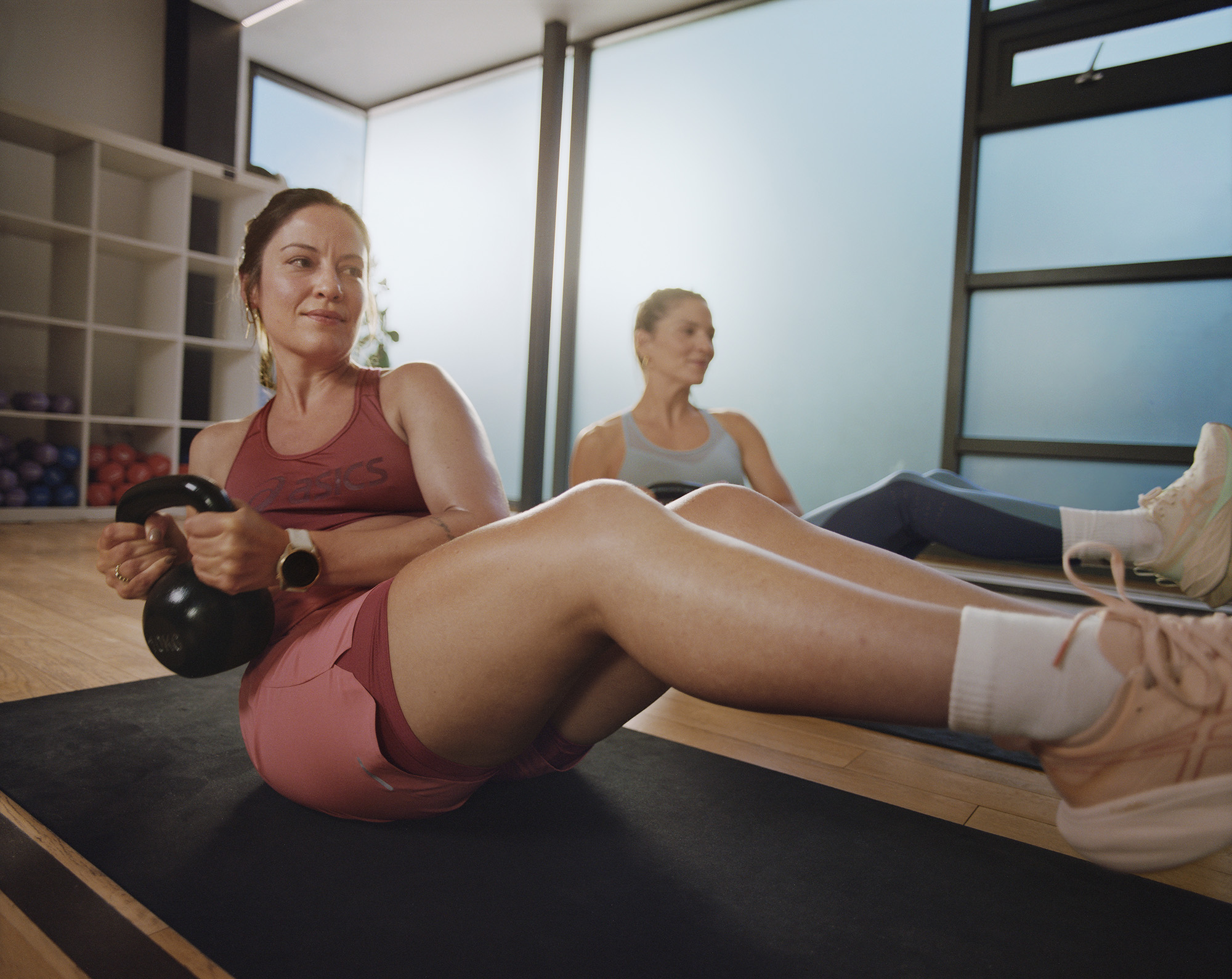
Globally, 65 percent of women engage in running, while 50 percent engage in strength training, including weightlifting (40 percent), an activity typically dominated by men. This shows that reality is far removed from gender biases. So is the problem only in perception, or is this 40% a partial result that could increase as stereotypes are overcome?
The results, arguably, show a growing proportion of women who are breaking stereotypes (even against a society and culture that make it very difficult). Of course, we have much more to do-just consider the fact that the World Health Organization recommends that all adults engage in strength training twice a week.
Forty-three percent of women say that one of the reasons they maintain the habit of sports over time is to participate in competitions or events. How impactful, and how many are, the barriers that prevent women from competing competitively in certain disciplines? Are there sports more exclusive than others in their regard?
Competing or participating in events is clearly a big motivator for many women. Competition and participation typically involve social support, another major factor in sustainable exercise. However, we did not find that there were more or fewer barriers to competition in specific sports than in others.
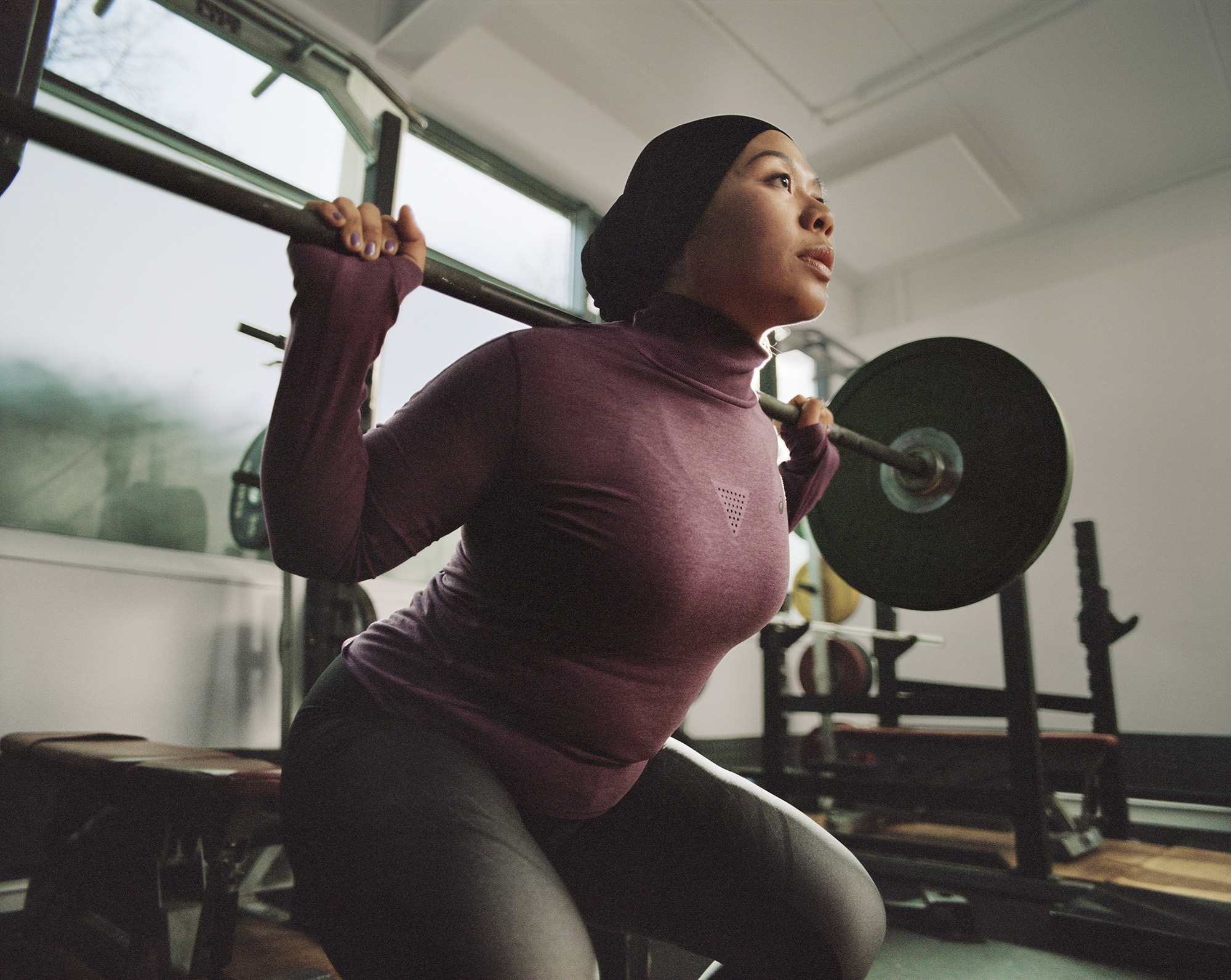

A participant in the U.S. focus group states “I want to see more people from my community. It’s important to value diversity and represent different groups of people, because seeing only a pre-packaged model of an athletic woman can be very discouraging.” In contrast, another focus group participant in the UK says, “I work mainly with women over 50 and they all say the same thing, which is that they do not see women like them in any marketing campaign.” How much would the results of this study change if the media portrayal of women were less stereotypical? Is there really such a thing as a female “prototype,” or could the solution really be to eliminate idealized “models”?
One of the most important outcomes of this research, and one that could be acted upon, was this: women want to see and hear from people like themselves in media campaigns. This is a call to action for all, and the research should be replicated in the future (e.g., after 12 months) to assess the impact of more realistic female representation on women’s perceptions.

Forty-five percent of sedentary women say they don’t have enough self-confidence to start exercising, but the results of the study you conducted show that sport itself increases self-confidence. How can this vicious cycle be broken?
This vicious cycle represents an opportunity for change. It can be disrupted by addressing the many factors discussed in this interview: changes in social attitudes to reduce barriers to entry; sharing of care responsibilities; overcoming gender stereotypes; safer spaces for women, allowing them to engage in exercise (especially in motherhood); and finally media campaigns and inclusive initiatives.
Can you give us the three most urgent solutions to be put in place to bridge this gap?
There are multiple urgent solutions to address this inequality, including:
- The need to address gender stereotypes in society and domestic dwellings.
- The need for partners (especially if male) to offer practical support for women to engage in exercise.
- The need for spaces devoted to exercise and sports to be safe, comfortable and supportive for all women (especially mothers).
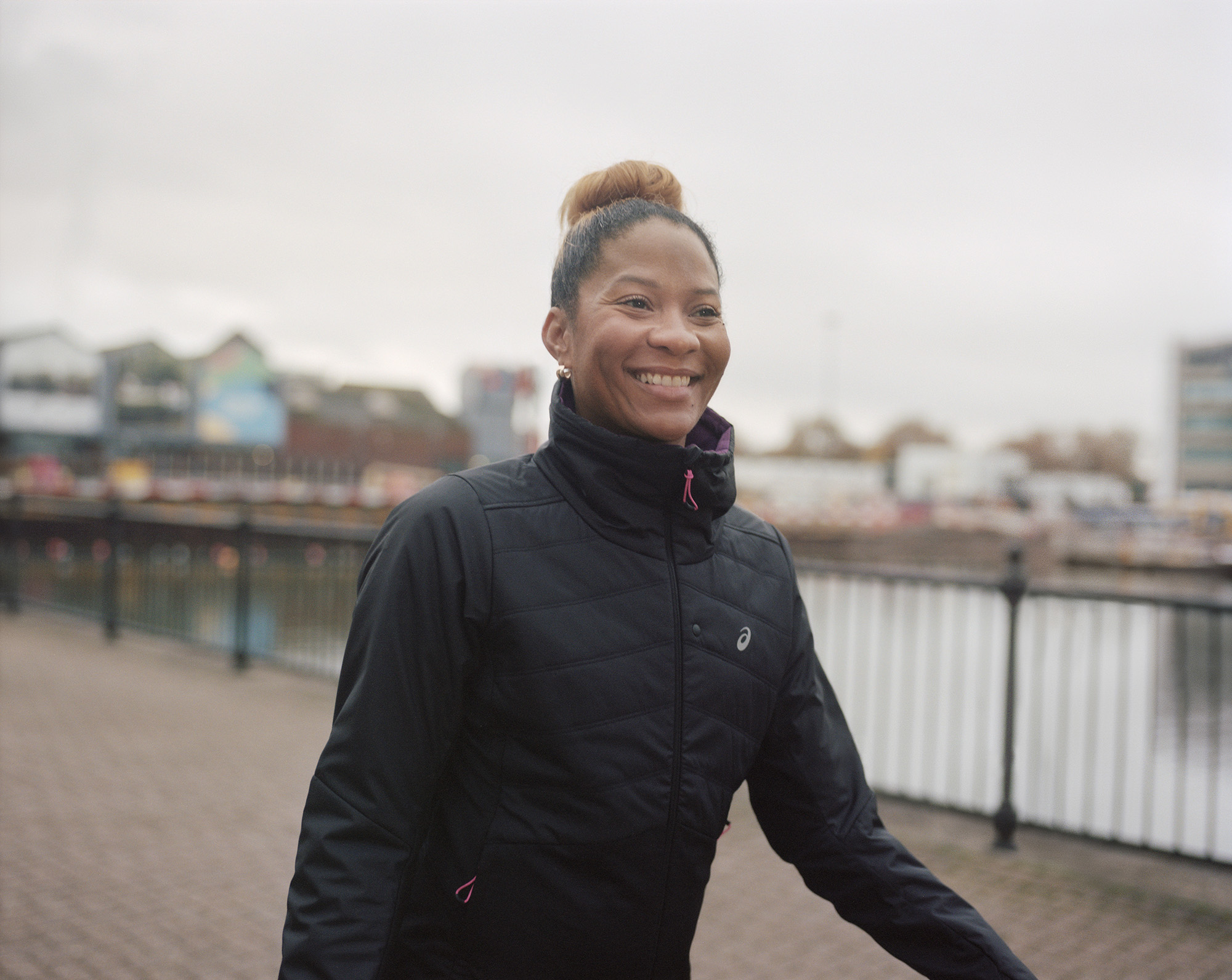
The path, in short, is still long. But ASICS’ Move Her Mind study highlighted the most uncovered nerve points to act on, hoping for a better future where we all need to do our part.
